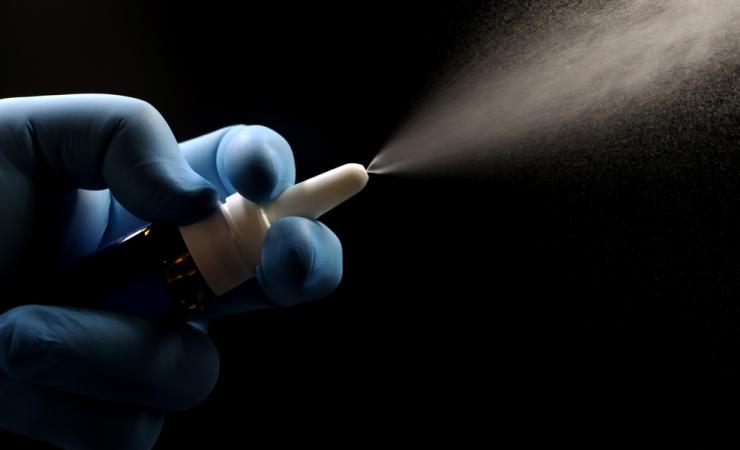When Edward Jenner wanted to test out his smallpox vaccination hypothesis, he purposefully exposed a child to both cowpox and smallpox, a potentially lethal experiment. Luckily, the boy lived.
Today, when developing a brand-new vaccine for an infectious disease – like COVID-19, for instance – vaccine manufacturers inoculate about half of the test population and give the remainder a placebo. Then they wait and see what happens – will their vaccinated population get infected at a lower rate than the unvaccinated population? If that’s the case, then they have an effective vaccine.
Although about 84% of all children receive pertussis vaccines, the bacteria continue to persist in the community, and every year there are outbreaks. A new vaccine is needed, but when trying to improve an existing vaccine, different methods must be used. It would be unethical to deny a group of people protection from an existing vaccine, just to have an unvaccinated control group for a study. So researchers must come up with alternative models for testing vaccines that can satisfy regulators’ demands without compromising the safety of the public.
“What we’ve done with the controlled human infection model developed in the PERISCOPE project is essentially create a fast-track way of measuring how well a novel vaccine can prevent people getting infected,” says Rob Read, chair of infectious diseases at the University of Southampton, who led the work on the model.
“With this model we deliberately infect adult volunteers, after giving them either a vaccine or a placebo beforehand. We then measure the rate of infection in the vaccinated group compared to the placebo group. We have to be very careful not to allow the infection to progress to full-blown disease of course – two weeks after infection we treat the participants with an antibiotic,” he explains.
A high-quality cell bank to support vaccine development
Before testing a vaccine candidate, researchers have to prove to regulators that they are using cells of high-quality stock.
“Whenever you do a controlled human infection model, you have to have a bacterium that is representative of the germs that infect people in Europe, in the community,” says Camille Locht, head of the Centre for Infection and Immunity of the Institut Pasteur de Lille, who is developing the nasal vaccine for pertussis and was involved in the PERISCOPE project. “One of the important things that PERISCOPE did was to choose, produce and maintain a stock of a very well-defined bacterium. It's a very expensive and elaborate thing to do.”
The researchers within the PERISCOPE project also investigated the genome of the pertussis bacteria, and the mechanism by which it infects humans. All of this helps to accelerate the development of a vaccine candidate, and reduces the burden on vaccine manufacturers.
The current pertussis vaccine doesn’t prevent the bacteria from infecting people – it just stops the disease from progressing within the body. That means that although a person may not be sick, he or she may still be carrying the pertussis bacteria and can pass it to an unvaccinated person.
“Sooner or later, the bug gets into someone who either hasn't been vaccinated, or it's been a long time since they've been vaccinated, or they are a baby. Then the bug can cause nasty whooping cough,” says Read.
The nasal vaccine being developed by Locht and his team fights the bacteria at its entry point to the body and prevents it from taking hold.
“It not only protects against disease but it also protects against infection,” he says. That means that the nasal vaccine, if used widely, has a real shot at eventually eradicating pertussis.
Having recently proven that the vaccine works in a small number of people (Phase 2B trials) and that it performs better than the current one, the next step is to test its efficacy in a bigger group (Phase III trials). Locht credits PERISCOPE with helping to accelerate the time it took to get to this phase.
“The beauty of using this controlled human infection model is that it speeds up the clinical trial process considerably,” he says. “If we were to do a typical phase three trial where we would have to vaccinate a very large number of people and give another large group of people the placebo and then let them loose and wait, it would probably involve millions of individuals being followed for 5-10 years which would not be feasible.”
In contrast, it will take roughly a year for Locht’s vaccine to pass its Phase III clinical trials using the controlled human infection model developed by PERISCOPE. If everything goes according to plan, the nasal vaccine might be available from 2026 onwards.
PERISCOPE is supported by the Innovative Medicines Initiative, a partnership between the European Union and the European pharmaceutical industry.
